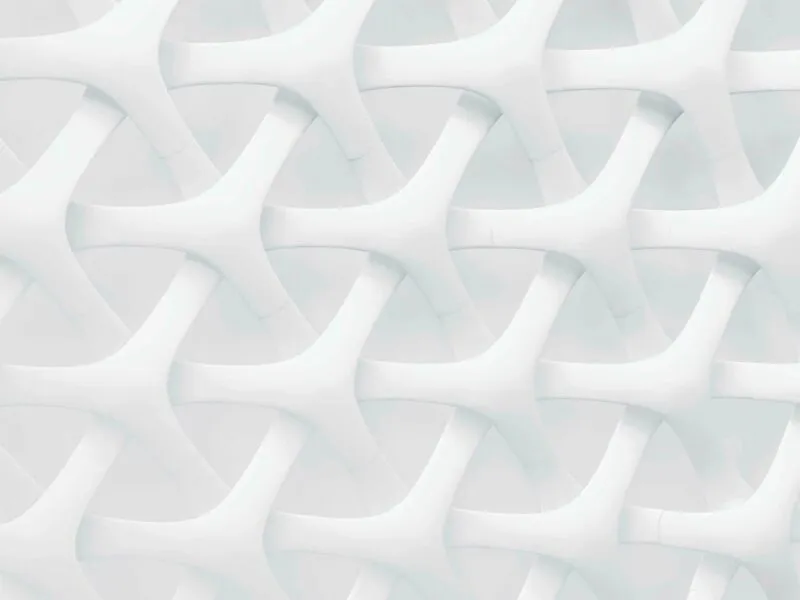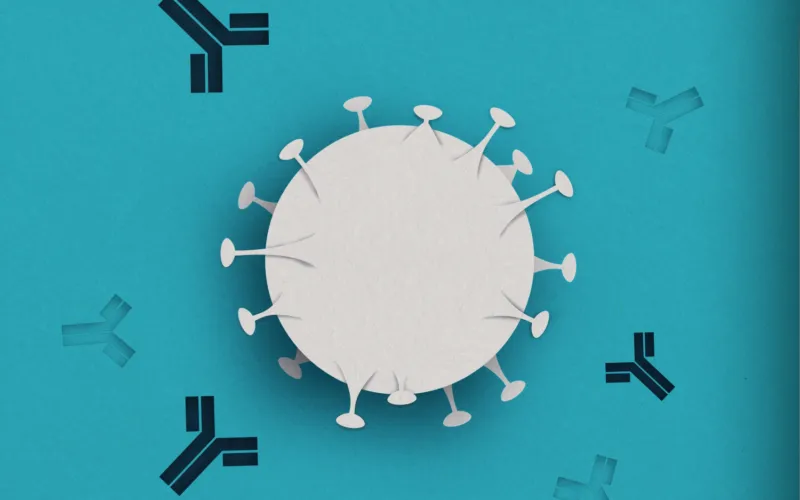Beyond borders: Extraterritorial reach of Australian patents
Understanding the extraterritorial scope afforded to patent claims, particularly product and method (or process) claims in Australia compared to the UK and US, is critical for protecting key intellectual property and avoiding liability.
Patent protection is a territorial right requiring a patent owner to obtain parallel patents in each country where they want to protect and enforce their invention. Infringement is often limited to activities performed wholly within the country where protection has been sought. However, an important consideration for many manufactures and importers in their overall patent strategy is the extraterritorial scope afforded to patent claims, particularly product and method (or process) claims.
This article discusses the extraterritorial scope afforded to product, method or process claims in Australia as it compares to the United Kingdom and the United States of America and the impact on the overall patent strategy, freedom to operate and infringement risks.
Legislative boundaries in Australia
Section 13(1) of the Patents Act 1990 gives a patentee the exclusive rights to exploit their invention and to authorise another person to do so. Schedule 1 of the Act defines ‘exploit’, in relation to an invention, as including:
(a) where the invention is a product - make, hire, sell or otherwise dispose of the product, offer to make, sell, hire or otherwise dispose of it, use or import it, or keep it for the purpose of doing any of those things; or
(b) where the invention is a method or process - use the method or process or do any act mentioned in paragraph (a) in respect of a product resulting from such use.
There has been significant judicial consideration on the definition of ‘exploit’ in Australia and it is settled case law that importation into Australia of a product manufactured overseas using a patented process or method constitutes infringement.[i]
Expanding territorial scope in Australia
Product claims
Whilst the importation of a product resulting from a patented method will infringe a method patent in Australia, the definition of exploit in the Act is silent as to situations where a patented product is used overseas to make another product, which is then imported into Australia.
According to the Saccharin doctrine, importation of a non-infringing product may still constitute infringement of a patented method or product if that patented method or product is used as an intermediary in the manufacture of the non-infringing product overseas. In deciding the case from which the doctrine derives its name, the UK Court reasoned that without a finding of infringement, the value of the patent would be reduced because third parties would be able to perform the process in a foreign jurisdiction and then import and sell the benefits of it domestically.[ii]
The Saccharin doctrine has been indirectly applied in Australia and it has been made clear the doctrine is not applicable to product claims.[iii] However, it remains to be seen whether the doctrine applies in situations where a patented method is used overseas to make a product, which is then modified or used to make a further product prior to being imported into Australia.
What if the product is information?
The term ‘product’ is not defined in the Act. In the absence of any definition, the Courts have recently held that it should be afforded its ordinary meaning as "covering anything resulting from the patented method that can be commercially exploited"[iv].
Whilst the case underlying this reasoning is on appeal, the broad interpretation of the term means that in Australia exploitation and infringement are not limited to physical or tangible products, but non-physical or intangible products, such as information resulting from diagnostic tests, can also be considered a product of a patented process. This decision has implications for all technical fields including medtech and ICT as well as diagnostics, and highlights how Australia has diverged from other countries (e.g. the United States of America) in finding that importation of a non-physical product (e.g. information) can infringe a patented process or method claim.
Swiss-type claims
It is established case law in Australia that Swiss-type claims are construed as method or process claims, rather than product claims.[v] Therefore, Swiss-type claims are to be considered in the same manner as ordinary process claims, such that infringement arises by the importation of a medicament manufactured overseas.[vi] (For more detailed discussion of infringement of Swiss-type claims see our July 2020 article Holes in Australian Swiss claims: Plugged in 2020.
These decisions have been an important clarification of Australian law. Given that a majority of pharmaceuticals in Australia are manufactured overseas prior to importation into Australia, Swiss-type claims offer an additional layer of protection whereby they do not require manufacture of the product in Australia to constitute infringement.
How does Australia compare to the United Kingdom and the United States of America
United Kingdom
When the Saccharin doctrine was decided, the relevant UK legislation held that a patent was infringed if another person either “directly or indirectly” made use of or put into practice the claimed invention.
Under the current UK legislative regime, the Saccharin doctrine is no longer in use. The position must now be considered in light of §s 60(1)(c) of the Patents Act 1977 (UK) which provides that, where the patented invention is a process, it is an infringement to dispose of, offer to dispose of, or use or import, any product obtained “directly” by means of that process or to keep any such product whether for disposal or otherwise.
However, debate has arisen when interpreting whether a product is ‘obtained directly by means ofʼ a process. On the one hand, the Court has held that the product of the process is one which the process itself specifies as its product and no further modifications or additions are permitted.[vii] In contrast, the Court has also considered that some further processing of the product may be allowed, whilst still constituting infringement, provided there has been no ‘loss of identity’ and the product had retained its ‘essential characteristics’.[viii]
Interestingly, the Court has held that whilst an independent claim, which broadly defines a process for producing a product may not be infringed, a dependent claim, which includes additional ‘routine’ manufacturing steps, can be if it is more likely to ‘directly’ result in the product. This highlights the potential value in including dependent claims which recite “further processing” steps.
United States
In the US, 35 U.S.C. 271(g) creates liability for importing into the US or selling, offering to sell, or using in the US, a product “made by” a process covered by a US patent. Unlike Australia, a product must be a physical or tangible ‘thing’. Recently, the US Court of Appeals held that infringement liability under §271(g) is not limited to a single entity performing all steps of the patented process as the focus is on the product resulting from the patented process and not the act of practicing the patented process.[ix] This finding has far reaching consequences for anyone who imports into the US a product made by a patented process, regardless of where the process was performed or where the product was assembled.
Under this subsection, a product is not considered to be ‘made’ by a patented process if it is ‘materially changed by subsequent processes’ or ‘becomes a trivial and non-essential component of another product’. Whether a change is considered ‘material’ is a finding of fact and ‘a question of degree’[x] based on the specific circumstances of the case however, for the most part, raising this argument as a defence to infringement has largely been unsuccessful in Federal Courts.
One of the few cases ruling in favour of a 271(g) defence (i.e. a product materially changed) found that whilst the imported compound had the same core structure as the claimed compound, the additional processing steps required changing “the physical or chemical properties of the product in a manner which changes the basic utility of the product”.[xi]
It is unclear to what extent the US’s ‘materially changed’ equates to the UK’s ‘loss of identity’.
Take home message
Understanding the extraterritorial scope afforded to patent claims, particularly product and method (or process) claims, it critical for protecting key intellectual property and avoiding liability.
Important considerations when drafting that can assist in strategically leveraging the intellectual property, include:
- Including process or method claims that result in a product. Such claims may provide an advantage over a claim to the product per se, particularly if the product has been subjected to immaterial changes, or further processing, prior to importation.
- Including additional dependent claims to define possible further processing or manufacturing steps.
- Including Swiss-type claims in an Australian claim set, as such claims do not require manufacture of the pharmaceutical in Australia for infringement.
- Keeping in mind that importation of non-physical products into Australia can also infringe a patented process or method claim.
In addition, it is important for manufacturers and importers to understand the risks of infringement of third party rights by conducting a well-designed FTO analysis (see our June 2020 article: The importance of IP due diligence).
We recommend engaging experienced IP counsel to maximize the value of your IP portfolio and its future potential.
[i] Alphapharm Pty Ltd v H Lundbeck A/S [2008] FCA 559.
[ii] Saccharin Corp Ltd v Anglo-Continental Chemical Works Ltd [1900] 17 RPC 307.
[iii] Re Application of Eli Lilly & Co [1982] 1 NSWLR 526; Pinefair Pty Ltd & Anor v Bedford Industries Rehabilitation Association Inc [1998] FCA 1181; Mylan Health Pty Ltd v Sun Pharma ANZ Pty Ltd [2019] FCA 28.
[iv] Sequenom, Inc. v Ariosa Diagnostic, Inc. [2019] FCA 1011.
[v] Otsuka Pharmaceutical Co., Ltd v Generic Health Pty Ltd (No 4) [2015] FCA 634; Warner-Lambert Company LLC v Apotex Pty Limited (No 2) [2018] FCAFC 26.
[vi] Mylan Health Pty Ltd v Sun Pharma ANZ Pty Ltd [2020] FCAFC 116 (Mylan No.2).
[vii] Ranbaxy v Astra Zeneca [2011] EWHC 1831.
[viii] Medimmune v Novartis [2011] EWHC 1669.
[ix] Syngenta Crop Protection LLC v. Willowood LLC, No. 2018-1614, 2018-2044 (Fed. Cir. Dec. 18, 2019)
[x] Amgen Inc. v. F. Hoffmann-La Roche Ltd., 580 F.3d 1340 (Fed. Cir. 2009).
[xi] Eli Lilly v American Cyanamid Co., 82 F.3d 1568 (Fed Cir 1996).


